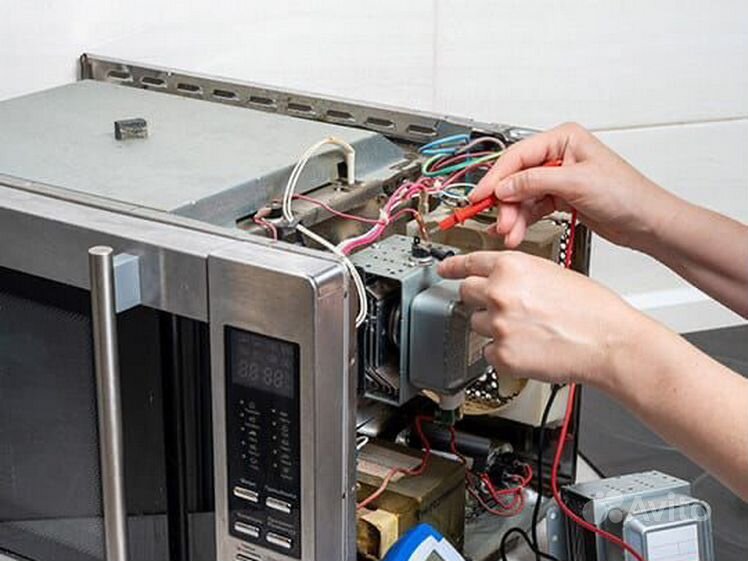Subsea Well Access Blowout Preventer System Market: Industry Trends, Growth Analysis, and Forecast 2024–2032

The Subsea Well Access Blowout Preventer (BOP) System Market is witnessing substantial growth due to its increasing importance in offshore drilling operations. As the oil and gas industry continues to explore deeper and more challenging subsea wells, the demand for advanced blowout preventer systems designed to provide safety, control, and reliability is on the rise. Subsea BOP systems play a critical role in preventing uncontrolled oil and gas well blowouts, ensuring safety for operators and the environment.
Market Overview & Key Growth Drivers
The subsea well access blowout preventer system market is expanding due to several key factors:
1. Rising Demand for Offshore Oil and Gas Exploration
The increasing need for oil and gas production from deep-water and ultra-deep-water fields is driving the demand for subsea well access BOP systems. Offshore exploration activities require advanced blowout prevention systems that can operate efficiently under extreme pressures and depths.
2. Technological Advancements in BOP Systems
Technological innovations in subsea blowout preventer systems, including enhanced safety features, automation, and remote control capabilities, are improving the efficiency and reliability of operations. These advancements are driving the adoption of subsea BOP systems in offshore drilling rigs and floating production units (FPUs).
3. Strict Safety and Environmental Regulations
The growing emphasis on safety and environmental protection in offshore drilling operations has led to stricter regulatory requirements for blowout preventer systems. The implementation of more stringent standards is fostering the adoption of high-quality subsea BOP systems to ensure well control and minimize the risk of oil spills.
4. Rising Exploration Activities in Deeper Water Fields
The expansion of offshore exploration into deeper and more challenging subsea fields, especially in regions like the Gulf of Mexico, North Sea, and offshore Brazil, is propelling the demand for subsea BOP systems capable of withstanding extreme water depths, pressures, and temperatures.
5. Increase in Subsea Infrastructure Investments
As the demand for subsea oil and gas production increases, there is a concurrent rise in investments in subsea infrastructure, including BOP systems, riser systems, and subsea wellhead equipment. This investment surge is expected to drive growth in the subsea well access BOP system market.
Regional Insights & Competitive Landscape
The subsea well access blowout preventer system market is growing across various regions, with key players focusing on innovations and strategic partnerships:
North America
North America holds a significant share of the market, driven by offshore drilling activities in the Gulf of Mexico and other deep-water fields. The region is home to major oil and gas operators who are investing in advanced subsea BOP systems to meet the increasing demand for safety and efficiency in offshore operations.
Europe
Europe is a prominent market for subsea BOP systems, primarily due to the presence of offshore oil fields in the North Sea. The stringent environmental regulations and the need for advanced safety features in the region's offshore operations are key drivers of market growth.
Asia-Pacific (APAC)
The APAC region is witnessing rapid growth, driven by increasing offshore exploration activities in countries like Australia, India, and China. As the region expands its offshore oil and gas exploration efforts, the demand for subsea BOP systems is expected to increase significantly.
Latin America & Middle East
Emerging markets in Latin America, particularly Brazil, and the Middle East are increasingly adopting subsea BOP systems to support their offshore exploration and production activities. The growth of the offshore oil and gas sector in these regions is expected to drive demand for advanced blowout prevention systems.
Key Players in the Market
-
National Oilwell Varco (NOV)
-
Schlumberger
-
Cameron (A Schlumberger Company)
-
Halliburton
-
TechnipFMC
These companies are leading the market by offering innovative subsea well access blowout preventer systems with advanced technologies designed to meet the increasing demands of offshore drilling operations.
Future Trends & Market Opportunities
The subsea well access blowout preventer system market is set to evolve with the following emerging trends:
1. Growing Investment in Deepwater and Ultra-Deepwater Exploration
With the rise in investments in deepwater and ultra-deepwater oil fields, the demand for subsea BOP systems that can handle the extreme pressures and environmental conditions of these fields is expected to increase. This trend will drive market growth in regions like the Gulf of Mexico, offshore Brazil, and offshore Africa.
2. Digitalization and Remote Monitoring
Advancements in digital technologies, including remote monitoring, data analytics, and automation, are transforming the subsea well access BOP system market. The integration of smart technologies allows operators to monitor well conditions in real-time, improving safety, efficiency, and response time during operations.
3. Increasing Focus on Environmental Protection
The increasing focus on sustainability and environmental protection in offshore drilling operations is expected to lead to the development of more eco-friendly subsea BOP systems. The growing importance of reducing oil spill risks and minimizing environmental impact will shape future product innovations.
4. Integration with Other Subsea Equipment
Future subsea BOP systems are expected to be integrated with other subsea equipment, such as riser systems, subsea wellheads, and subsea processing units, to provide more efficient and cost-effective solutions for offshore drilling operations. This integration will lead to the development of more advanced and reliable subsea production systems.
5. Increase in Floating Production Units (FPUs) and Mobile Drilling Units
The rise in floating production units (FPUs) and mobile drilling units (MDUs) will create new opportunities for subsea well access BOP systems. These units require advanced blowout preventer systems that can operate efficiently in harsh offshore environments, further driving market growth.
Conclusion
The subsea well access blowout preventer system market is experiencing significant growth, driven by the increasing demand for offshore oil and gas exploration, technological advancements, and strict safety and environmental regulations. As offshore drilling operations continue to move into deeper and more challenging subsea fields, the need for reliable and high-performance subsea BOP systems will continue to rise. With technological innovations and a focus on sustainability, the market is poised for long-term growth.
What's Your Reaction?
 Like
0
Like
0
 Dislike
0
Dislike
0
 Love
0
Love
0
 Funny
0
Funny
0
 Angry
0
Angry
0
 Sad
0
Sad
0
 Wow
0
Wow
0















































